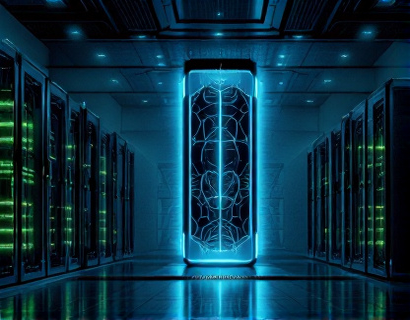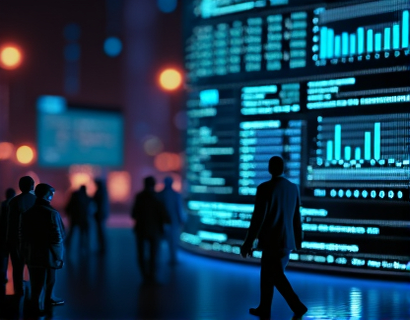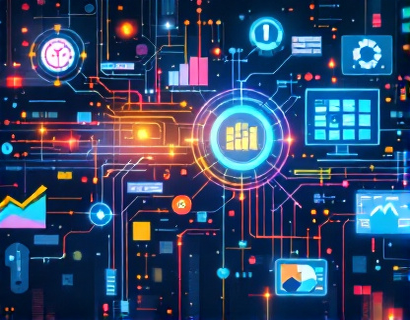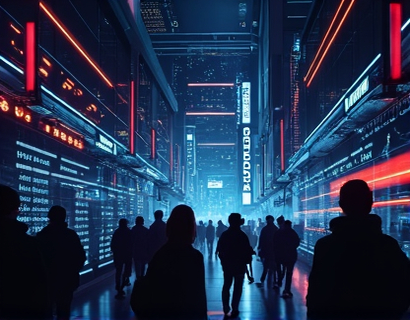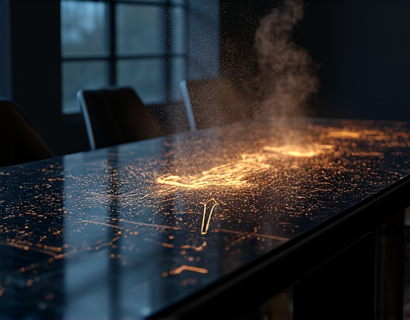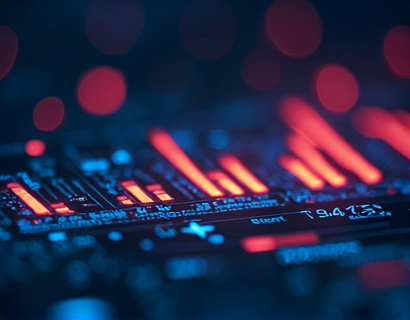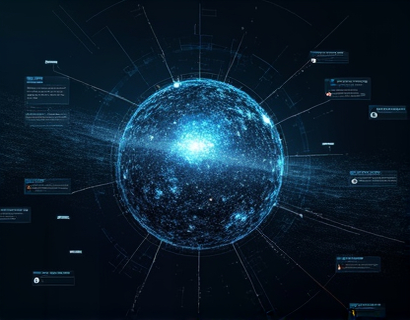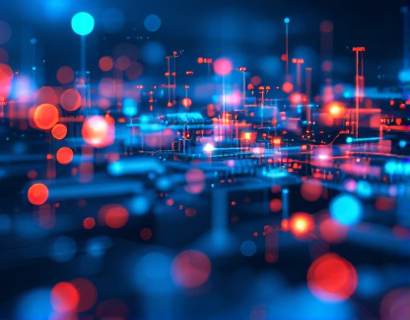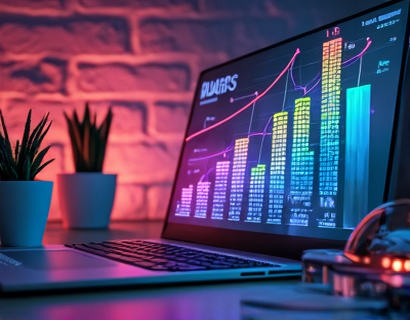AI-Powered Fencing Insights: Transforming the Way Enthusiasts and Athletes Train and Connect
The world of fencing, a sport steeped in history and precision, is undergoing a transformative shift with the integration of AI technology. For both enthusiasts and athletes, the advent of AI-driven platforms is revolutionizing the way they approach training, gain insights, and engage with the community. This article delves into how an AI-powered platform can elevate your fencing journey by providing expert guidance, personalized training, and a vibrant community, all while keeping you updated on the latest trends in the sport.
Expert Guidance at Your Fingertips
One of the most significant advantages of an AI-powered fencing platform is the access to expert guidance. Traditional fencing training often relies on coaches and experienced fencers, whose availability can be limited. With AI, this expertise is democratized, making high-quality advice accessible to anyone with an internet connection. The platform uses machine learning algorithms to analyze vast amounts of data, including historical matches, coaching techniques, and training methodologies, to provide users with tailored advice.
For instance, a beginner fencer can input their current skill level and specific areas of concern, such as footwork or blade control. The AI system then generates a customized training plan, complete with drills and exercises designed to address these weaknesses. Advanced users can benefit from strategic insights, such as analyzing their opponents' patterns and suggesting counter-strategies. This level of personalized guidance ensures that fencers of all levels can continuously improve and refine their skills.
Personalized Training Programs
Personalization is a cornerstone of effective training in fencing. An AI-powered platform can create dynamic training programs that adapt to the user's progress and feedback. By tracking performance metrics, such as speed, accuracy, and endurance, the AI can adjust the training regimen in real-time. This ensures that the training remains challenging yet achievable, preventing plateaus and fostering consistent improvement.
For example, a user might start with basic footwork exercises and gradually progress to more complex combinations as their skills improve. The AI can also incorporate rest periods and recovery strategies to prevent injuries, a critical aspect of any athletic training. Additionally, the platform can suggest supplementary resources, such as videos and articles, to deepen the user's understanding of specific techniques and theories.
A Vibrant Community of Fencers
Fencing is not just an individual sport; it thrives on a strong community of enthusiasts and athletes. An AI-powered platform fosters this community by connecting users from around the world. The platform's social features allow fencers to share their experiences, ask for advice, and collaborate on training projects. This community engagement is vital for maintaining motivation and providing emotional support, which are crucial for long-term success in any sport.
Users can join forums dedicated to specific aspects of fencing, such as equipment, competition strategies, or coaching techniques. These forums are moderated to ensure high-quality discussions and the sharing of reliable information. Moreover, the platform can organize virtual meetups and Q&A sessions with renowned fencers and coaches, giving users the opportunity to learn from the best in the field.
Staying Updated on the Latest Trends
The world of fencing is constantly evolving, with new techniques, equipment, and rules being introduced regularly. Staying informed about these changes is essential for any serious fencer. An AI-powered platform serves as a central hub for the latest news and updates in the sport. The AI can aggregate information from various sources, including official federations, coaching blogs, and sports news outlets, to provide a comprehensive overview of current trends.
Users can receive notifications about new rule changes, upcoming competitions, and innovative training methods. The platform can also analyze trends in performance data to identify emerging patterns and best practices. For instance, if a particular footwork pattern has become increasingly effective in recent matches, the AI can highlight this and suggest ways to incorporate it into a user's training.
Enhancing Skill Through Data Analysis
Data analysis is a powerful tool in modern sports, and fencing is no exception. An AI-powered platform can leverage advanced analytics to provide deep insights into a fencer's performance. By recording and analyzing data from training sessions and competitions, the AI can identify strengths and weaknesses, track progress over time, and suggest areas for improvement.
For example, the platform can create detailed reports on a fencer's blade work, highlighting instances of successful attacks and missed opportunities. These reports can be visualized using graphs and charts, making it easier for users to understand their performance trends. The AI can also compare a user's performance against that of their peers or historical data from top fencers, providing a benchmark for self-assessment.
Virtual Reality and Augmented Reality Training
Another exciting frontier in AI-powered fencing is the integration of virtual reality (VR) and augmented reality (AR) technologies. These immersive tools can simulate real-world fencing scenarios, allowing users to practice and refine their skills in a controlled environment. The AI can generate virtual opponents with varying levels of difficulty and fighting styles, providing a dynamic and challenging training experience.
For instance, a user can engage in a VR sparring session where the AI controls the opponent's movements based on the user's skill level and training goals. This not only enhances technical skills but also improves mental preparation and reaction time. AR can be used to overlay instructional guides and real-time feedback during physical training, ensuring that users receive immediate and accurate guidance.
Overcoming Language Barriers
Fencing is a global sport, with practitioners speaking multiple languages. An AI-powered platform can bridge language gaps by offering multilingual support. Users can interact with the platform in their preferred language, and the AI can translate and provide responses in real-time. This feature is particularly beneficial for international competitions and exchanges, where fencers from different countries come together.
Moreover, the AI can provide translations of coaching articles, training videos, and community discussions, ensuring that language is not a barrier to accessing valuable resources. This inclusivity helps to grow the global fencing community and fosters a more diverse and rich exchange of ideas and techniques.
Mental Health and Well-being Support
The mental aspect of fencing, like any sport, is crucial for overall performance and well-being. An AI-powered platform can offer resources and tools to support mental health. This includes access to guided meditations, stress management techniques, and mental conditioning exercises. The AI can also monitor signs of burnout or stress by analyzing user activity and providing personalized recommendations for relaxation and recovery.
For example, if the AI detects a pattern of increased stress levels over several days, it can suggest a break from intense training and recommend mindfulness exercises. This holistic approach ensures that fencers maintain a balanced and healthy lifestyle, which is essential for long-term success in the sport.
Conclusion
AI-powered platforms are transforming the fencing landscape by providing expert guidance, personalized training, and a vibrant community. These tools empower fencers of all levels to enhance their skills, stay updated on the latest trends, and connect with fellow enthusiasts. By leveraging the power of AI, the sport of fencing can continue to evolve and thrive, offering a rich and rewarding experience for everyone involved.





